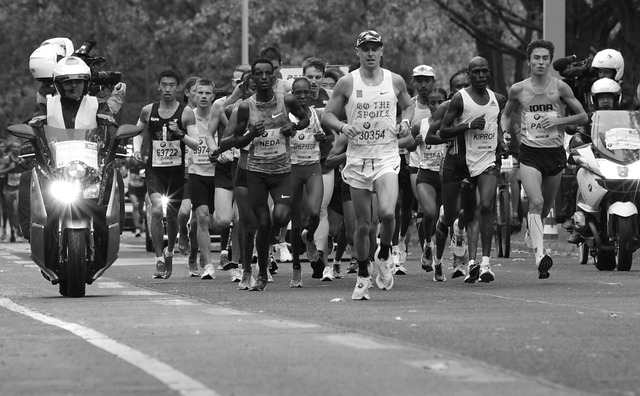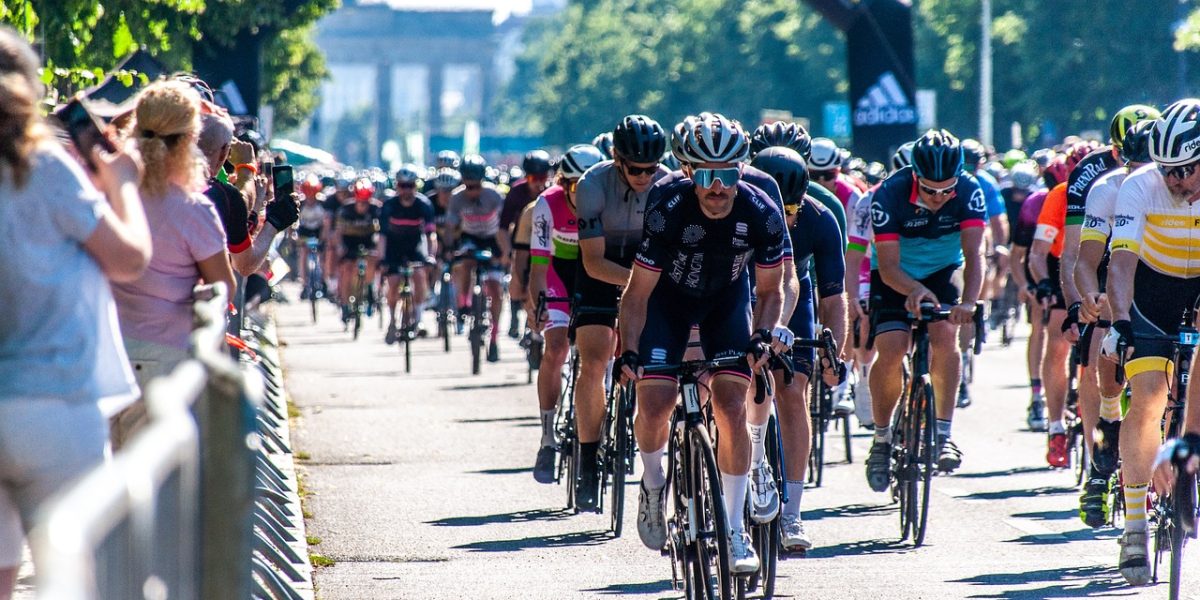Endurance athletes, ranging from marathon runners to long-distance cyclists, are frequently faced with the mechanical limits of their muscles and bodies. But what sets these limits? A key limitation is the anaerobic threshold. The anaerobic threshold is the point at which the body shifts from aerobic to anaerobic metabolism, which causes a buildup of lactate and ultimately muscle fatigue. This is particularly an issue for endurance athletes because is limits the athlete’s ability to sustain force production and resist fatigue, lowering their endurance capabilities.
Read More: Endurance Performance: The Biomechanics of VO2 Max and Muscle Fatigue in Endurance SportsThe anaerobic threshold is also known as the lactate threshold because at this point during exercise, there is a nonlinear increase in concentration of blood lactate which is directly related to lactate production and removal from muscle [2]. This threshold can also be defined as the percentage of VO2 max (maximum oxygen intake) that blood lactate concentrations exceed baseline level concentrations. Understanding this threshold is important for endurance athletes as training to raise it improves their endurance performance. But what happens when the anaerobic threshold is reached, and why it is so difficult to avoid fatigue after this point?
The key difference between aerobic and anaerobic is how the body uses energy. Aerobic exercise uses oxygen to produce energy, whereas anaerobic exercise does not. Endurance training at the anaerobic threshold or above it improves the aerobic capacity and anaerobic threshold, meaning that an athlete is able to exercise for longer at a higher intensity before transitioning to anaerobic metabolism.
Researcher Martin G. Morris conducted a mechanical study testing the relationship between muscle fatigue and endurance performance conducted 3 minutes of muscle simulation to cause muscle fatigue in athletes. This study showed that athletes who could maintain most of their initial strength as they fatigued were able to push their bodies harder before reaching lactate threshold. The study also showed that when an athlete reached a higher peak power within the 3 minutes, there was a decrease in the rate of force development (the speed that force is being generated). This suggests that anaerobic exercise, while fast and powerful, causes a quicker accumulation of lactate in the muscles which results in a slower force exertion. When an athlete can understand and train to limit lactate accumulation, they can increase their ability to maintain force and power.

For this reason, to reach peak performance as an endurance athlete, immense training is required not only to strengthen the muscles, but to increase oxygen uptake and reach an optimal VO2 max. In people that exercise, the ability for the cardiorespiratory system to supply oxygen to the exercising muscles limits VO2 max. Evidence for this is as follows: changes in oxygen delivery alters VO2 max, VO2 mac increasing with exercise training is largely due to maximal cardiac output, and when a muscle group is being over perfused, its consumption of oxygen increases . These three pieces of evidence conclude that the primary limiting factor to VO2 max is oxygen delivery. A high VO2 max is an important factor in how well endurance athletes perform. Most prominently correlated to performance in distance running, an elite marathoner will have a high VO2 max, usually above 80ml/kg/min . Elite cyclists and long-distance swimmers typically have VO2 max between 70-80ml/kg/min. In comparison, sports that require less endurance such as team games and sprinting usually show a VO2 max between 45 and 70 80ml/kg/min. Understanding VO2 max and how to train to increase lactate/anaerobic threshold optimizes strength and capability in all endurance athletes.
Featured Image from Pixabay
